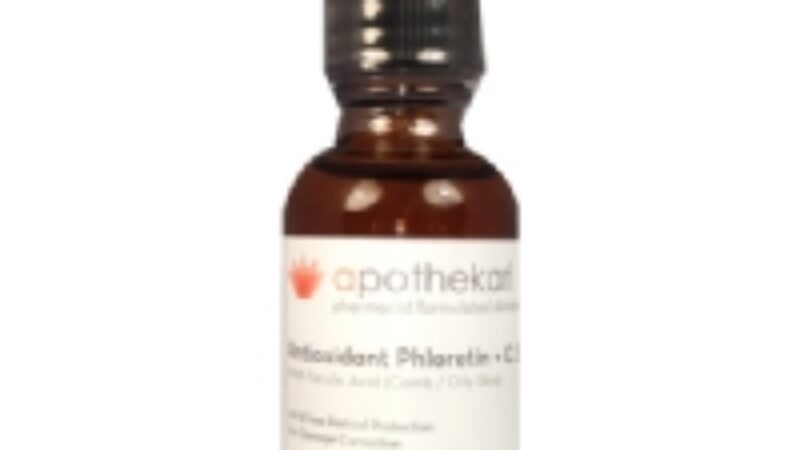Melanoma Monday is marked by the American Academy of Dermatology (AAD) on the first Monday of May to raise awareness of melanoma and other forms of skin cancer. Although melanoma may be the deadliest form of skin cancer, it is highly treatable when detected early. In fact, the five-year survival rate when detected and treated in its early stages is a heartening 98%. Even more encouraging is a 2010 randomized trial that found daily broad spectrum sunscreen use could cut melanoma incidence rates by as much as half.
With odds like that, the AAD urges you to “check your partner” and “check yourself” as early detection is crucial to successful treatment.
According to the AAD, research shows that women are 9x more likely than men to notice melanoma on others. It may be that women have been generally more knowledgeable when it comes to taking care of their skin and the damaging effects of the sun. Or, it may just be that women notice things that are typically overlooked by men (the AAD has produced a brilliant and humorous video illustrating the differences) . Either way, there’s nothing to lose by checking out your partner and performing regular self-examinations while keeping the ABCDE’s of Melanoma in mind:
A= Asymmetry, where one half is unlike the other half
B=Border, where the mole has an irregular, scalloped or poorly defined border
C=Color is varied from one area to another; has shades of tan, brown or black, or is sometimes white, red, or blue.
D=Diameter. Melanomas are usually greater than 6mm (the size of a pencil eraser) when diagnosed, but they can be smaller.
E=Evolving, when a mole or skin lesion that looks different from the rest or is changing in size, shape or color.
If you notice a spot that is different from others, or that changes, itches or bleeds, consult your doctor or dermatologist.




